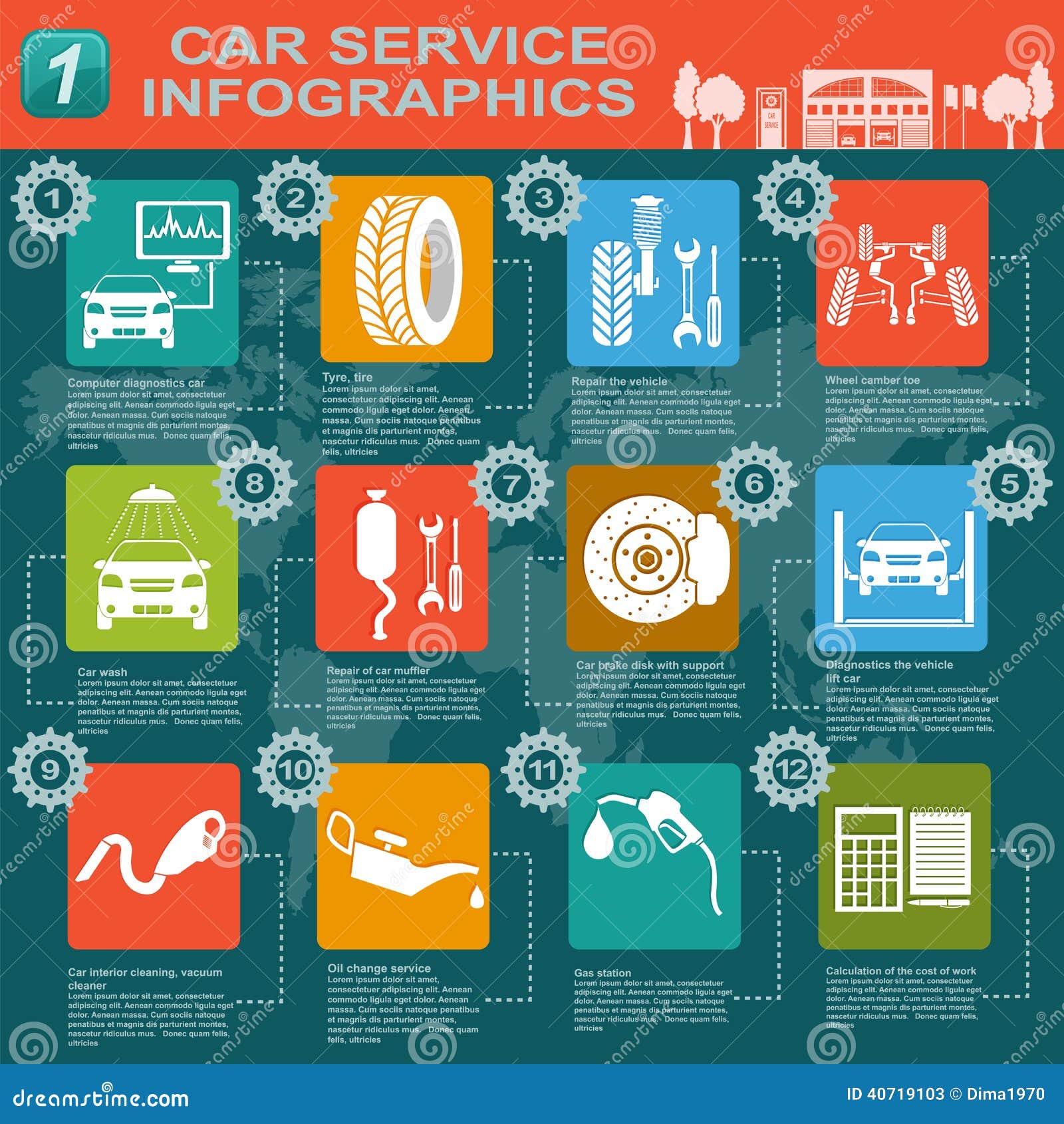Wondering About The Meaning Behind Those Control Panel Warning Lights? Gain Understandings Right Into Their Implications For Your Vehicle'S Safety And Security And Upkeep
Wondering About The Meaning Behind Those Control Panel Warning Lights? Gain Understandings Right Into Their Implications For Your Vehicle'S Safety And Security And Upkeep
Blog Article
https://click4r.com/posts/g/18589096/sustainable-automobile-describing-concentrating-on-eco-friendly-produ -Hartley Kejser
When you're behind the wheel, those radiant warning lights on your control panel can be a little bit puzzling. Do you recognize what they're trying to inform you concerning your cars and truck's health and wellness? Understanding the importance of these lights is important for your safety and the durability of your automobile. So, the next time one of those lights pops up, would not you want to decipher its message precisely and take the essential steps to address it?
Common Warning Lights and Interpretations
Recognize common warning lights in your auto and understand their meanings to make certain secure driving.
The most common caution lights consist of the check engine light, which signals issues with the engine or exhausts system. If this light comes on, it's vital to have your lorry checked quickly.
Mobile Pre Purchase Inspections cautioning light suggests low oil pressure, calling for prompt focus to avoid engine damage.
A blinking battery light could recommend a malfunctioning billing system, possibly leaving you stranded if not attended to.
https://squareblogs.net/faviola84tad/comparing-diy-vs tracking system (TPMS) light signals you to low tire stress, impacting automobile security and fuel efficiency. Ignoring this can cause dangerous driving problems.
The ABS light suggests a problem with the anti-lock braking system, endangering your ability to quit quickly in emergencies.
Last but not least, the coolant temperature alerting light warns of engine getting too hot, which can result in serious damages if not resolved swiftly.
Understanding these usual caution lights will aid you address issues immediately and keep risk-free driving problems.
Importance of Prompt Interest
Comprehending the usual caution lights in your automobile is just the initial step; the importance of immediately dealing with these cautions can not be emphasized sufficient to ensure your safety on the road.
When a caution light illuminates on your dashboard, it's your automobile's means of interacting a possible problem that requires interest. Overlooking these cautions can result in a lot more serious issues down the road, compromising your safety and security and possibly costing you more out of commission.
Prompt interest to warning lights can prevent breakdowns and accidents. For instance, a blinking check engine light could suggest a misfire that, if left unattended, might trigger damage to the catalytic converter. Resolving this quickly can save you from an expensive repair.
Similarly, a brake system cautioning light might indicate reduced brake fluid or worn brake pads, important elements for your safety when driving.
Do It Yourself Troubleshooting Tips
If you discover a caution light on your control panel, there are a couple of do it yourself troubleshooting pointers you can attempt prior to seeking expert aid.
The primary step is to consult your auto's manual to recognize what the certain warning light indicates. Sometimes the issue can be as simple as a loose gas cap triggering the check engine light. Tightening the gas cap might fix the issue.
One more typical concern is a low battery, which can activate different alerting lights. Checking the battery connections for rust and guaranteeing they're protected could fix the problem.
If a caution light continues, you can attempt resetting it by separating the automobile's battery for a couple of mins and after that reconnecting it. Additionally, inspecting your lorry's liquid levels, such as oil, coolant, and brake liquid, can help troubleshoot cautioning lights associated with these systems.
Conclusion
In conclusion, understanding your vehicle's caution lights is necessary for maintaining your vehicle running smoothly and safely. By without delay resolving these alerts and recognizing what they indicate, you can prevent pricey repair work and potential malfunctions.
Keep in mind to consult your auto's manual for particular information on each warning light and do something about it accordingly to guarantee a hassle-free driving experience.
Keep educated, remain safe on the road!
